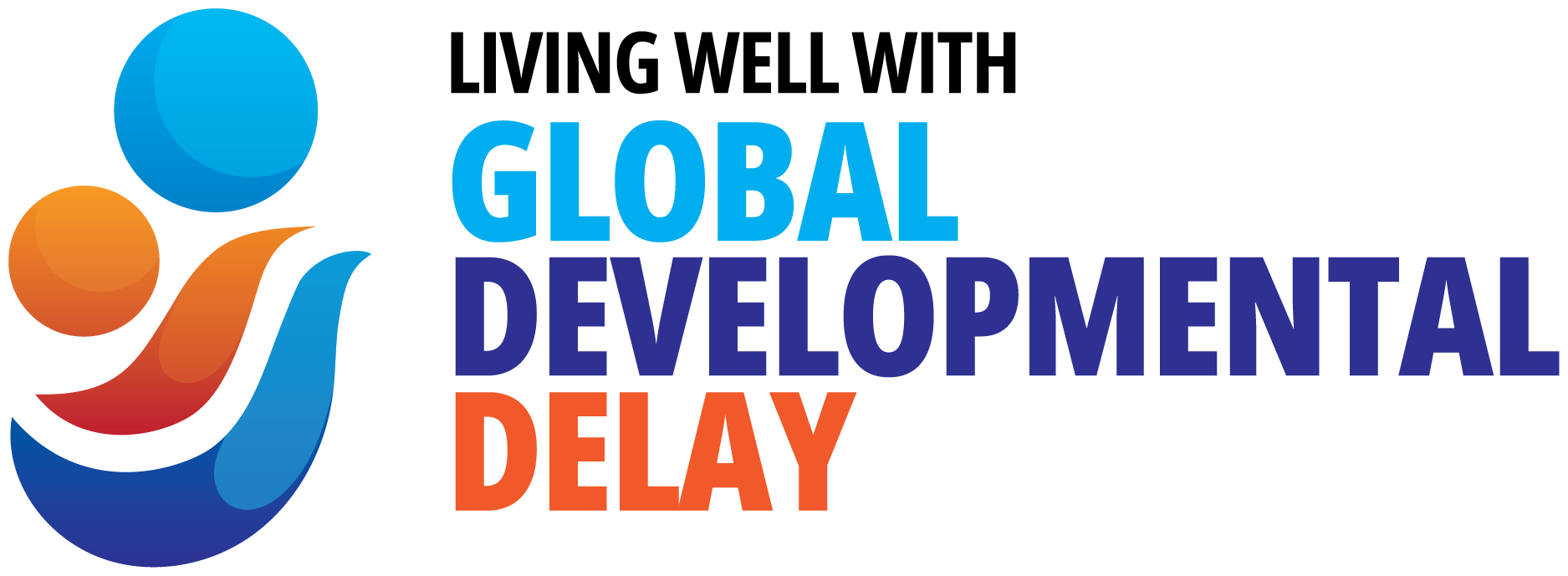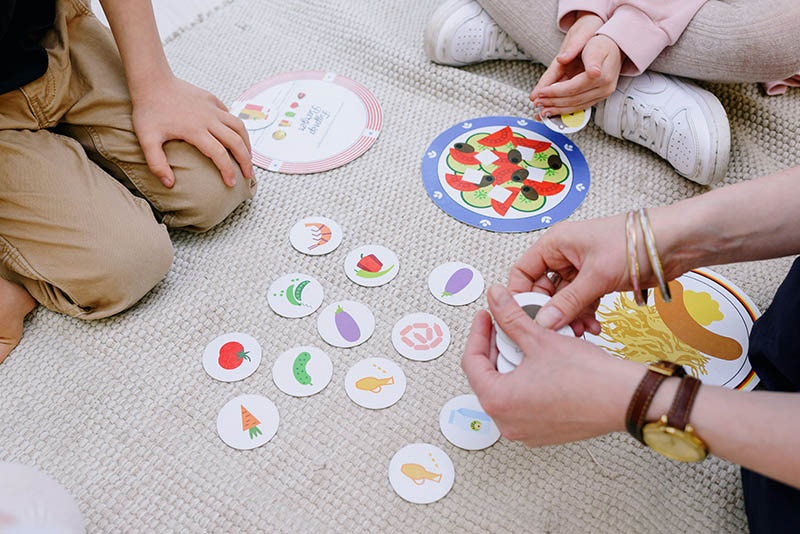An example of how a piece of equipment supports a child to learn and develop:
An Occupational Therapist might suggest that your child needs to have a particular style of highchair that supports your child’s body’s individual needs. A suitable highchair
- not only helps with a child’s posture,
- but it also helps them to be fed safely and
- to strengthen their trunk muscles.
When sitting in a suitable chair a child will become less tired because the chair gives the right support. They can then learn to sit for a longer time.
It can also be used to support a child’s ability to play. A child who is able to sit in a stable position will be more motivated to learn how to reach out and play with toys. This then allows them to build their eye-hand coordination and hand skills.
A chair also allows the parent/carer to be sitting in front and facing the child to play / or feed them, rather than having to focus on supporting them to be sitting upright. This creates the ideal position for the parent so they can more readily interact, play and talk with their child.
Poor posture and sitting, standing and playing in poor positions can prevent normal muscle and bone development especially as children grow so fast.

